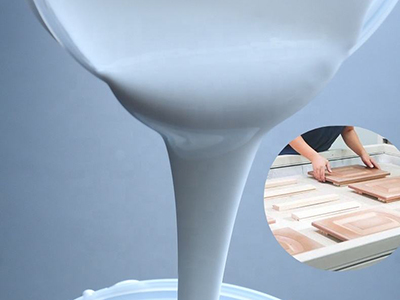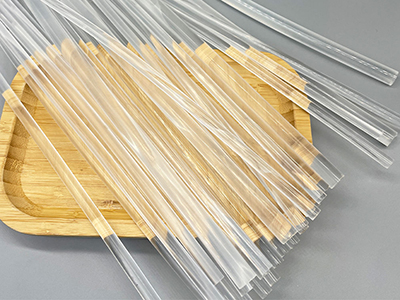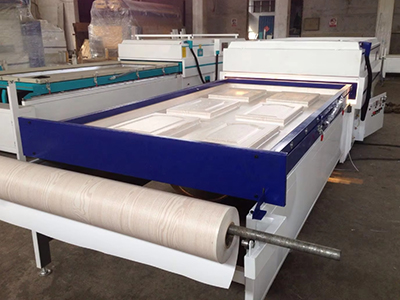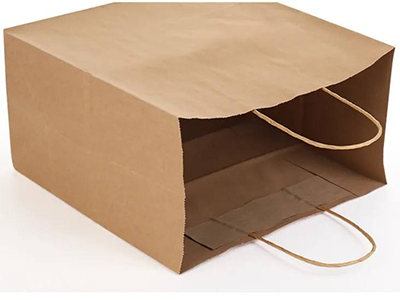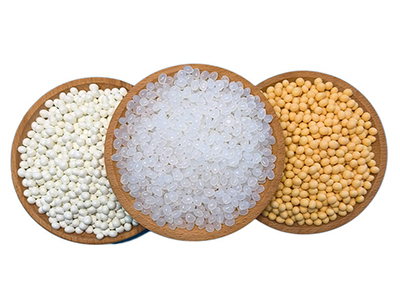Two-component polyurethane adhesives are usually composed of an isocyanate component (curing agent) containing NCO and a hydroxyl component (main agent) containing hydroxyl groups. When using, mix the two liquid components according to a certain ratio, use NCO and OH to react to form solid polyurethane, and then use the polar group of polyurethane to form hydrogen bonds and other bonding effects with the surface of the substrate, so as to play the role of bonding. effect.
The two-component polyurethane adhesive came out earlier, and its development began in the 1950s. Bayer first developed the Desmoders series of diisocyanates and the Desmophens series of low-molecular-weight hydroxyl-terminated polyester polyols. The Polystal series can be obtained by configuring the two according to a certain ratio. The two-component solvent-based polyurethane adhesive laid the foundation for the industrial development of two-component polyurethane adhesives in the future.
Two-component polyurethane adhesives are reactive adhesives, and the two components undergo a cross-linking reaction when mixed to cure the bond. Usually it can be cured at room temperature or heated, and its final bonding strength is generally greater than that of one-component polyurethane adhesives, which can meet the requirements of structural adhesives. In addition, the two-component dosage of two-component polyurethane can be adjusted within a certain range, and the formula is flexible. By adjusting the raw materials and molecular weight of the two components, products with different properties can be obtained, which can be used in plastics, films, metals, wood, The bonding of glass and other materials has a wide range of bonding.
Composition of two-component polyurethane adhesive:
The two-component polyurethane adhesive is mainly composed of two components. The polyisocyanate component is customarily called the A component or the A component, and the hydroxyl component is called the B component or the B component. In fact, component A (component A) can also be a hydroxyl component, and component B (component B) can be a polyisocyanate component. Component A (polyisocyanate component) is mainly composed of polyisocyanate, small molecule chain-extending crosslinking agent, additives, and fillers, and component B (hydroxyl component) is mainly composed of polyol or terminal hydroxyl formed by the reaction of polyol and isocyanate Composition of polymer, small molecule chain extension cross-linking agent, catalyst, auxiliary agent and filler.
| raw material | effect | commonly used |
| polyisocyanate | Participate in curing reaction | PAPI, MDI, TDI, HDI biuret, TDI-TMP adduct, HDI trimer and prepolymer polyisocyanate |
| Polyol | Participate in curing reaction | Polyether polyol, polyester polyol, castor oil and its derivatives, etc. |
| small molecule chain extender | React with terminal NCO groups to form carbamate or urea groups for chain extension | Ethylene glycol, diethylene glycol, 1,4-butanediol, hexanediol, etc. |
| crosslinking agent | Generate cross-linking to form a three-dimensional network structure | Trimethylolpropane, glycerin, triethanolamine, etc. |
| catalyst | Speed up the reaction rate | Triethylenediamine, dibutyltin dilaurate, stannous octoate, bismuth isooctanoate, zinc isooctanoate, etc. |
| Auxiliary | Add additional features | Plasticizers, light stabilizers, antioxidants, colorants, flame retardants, water removers, etc. |
| filler | Reduce costs, improve hardness or other properties | Talc powder, titanium dioxide, silicon dioxide, molecular sieve powder, etc. |


